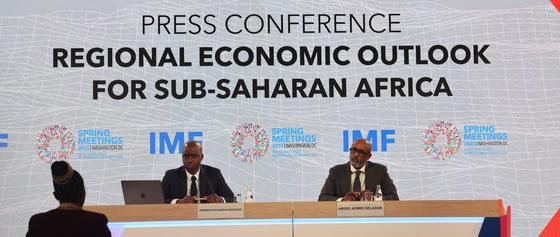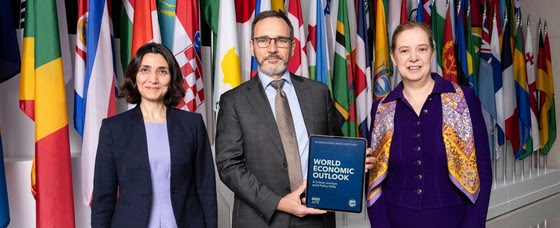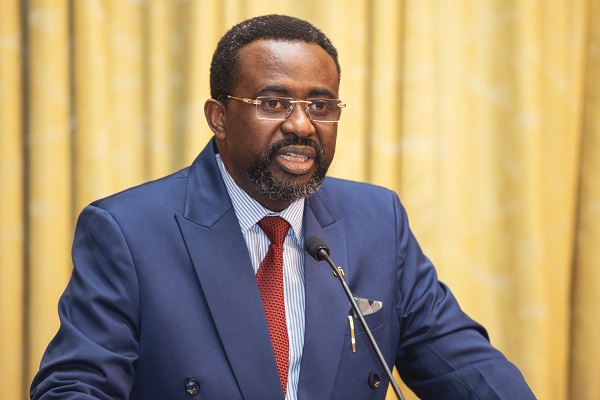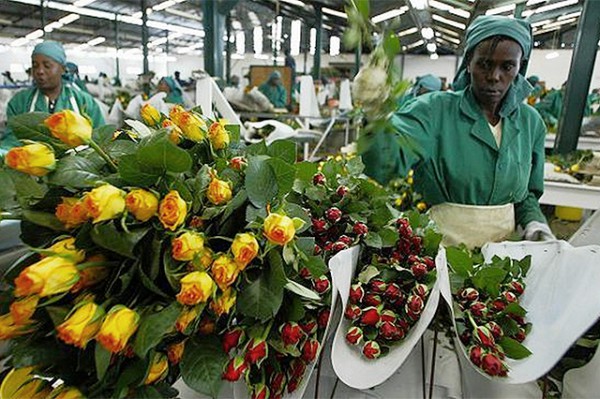The International Monetary Fund (IMF) now expects growth in sub-Saharan Africa to ease to 3.8 percent in 2025 and 4.2 percent in 2026—marked down from October projections, driven largely by weaker demand abroad, softer commodity prices, and tighter financial markets, Director of the IMF’s African Department, Abebe Aemro Selassie said at a press briefing.
Any further increase in trade tensions or tightening of financial conditions in advanced economies could further dampen regional confidence, raise borrowing costs, and delay investment, Selassie cautioned. Declining official development assistance places extra strain on the most vulnerable populations. Longstanding vulnerabilities, such as high debt and elevated inflation in some countries, remain.
Selassie underscored the importance of calibrating policies to balance growth, social development, and macroeconomic stability—particularly through policies to strengthen resilience.
“A strong, stable, and prosperous sub-Saharan Africa is important for its people but also for the world. It is the region that will be the main source of labor and incremental investment and consumption demand in the decades to come. External support as the region goes through its demographic transition is of tremendous strategic importance for future global prosperity.” Enditem
Source: IMF
Share Us



